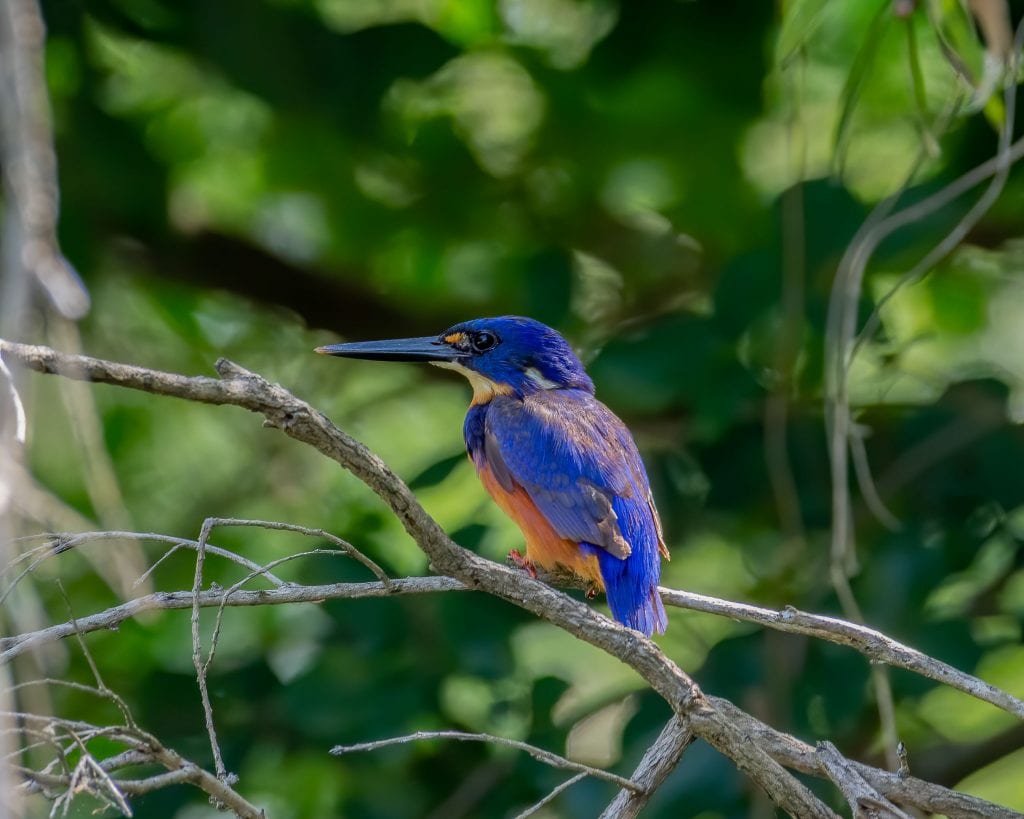Protected Magazine
PARK IN FOCUS – Nerang National Park
Nestled near the heart of the Gold Coast is one of Queensland’s newer national parks. Covering over 1600 hectares of Kombumerri country, Nerang (Ngarang-Wal) National Park is a sizeable wildlife refuge in a sea of rapid development. Gazetted between 2007 and 2009, the park protects a mosaic of eucalypt forest and woodland along with a sliver of subtropical lowland rainforest. Nerang National Park is home to species which were once common across the broader Gold Coast region, but are now experiencing rapid population declines, including the powerful owl, greater glider, koala, and glossy black-cockatoo. Hidden in the centre of the park is a remnant of notophyll vine forest, listed as critically endangered under the Environment Protection and Biodiversity Conservation Act 1999. This section of the park forms part of the catchment for the Ramsar-listed Coombabah Wetlands, adding another dimension to its importance for conservation. Nerang National Park is widely regarded as a recreation destination rather than a conservation destination, with transfers of legacy from its previous identity as a state forest.
Despite the park’s proximity to a large human population, broad recreational user base, and national park status, surprisingly little ecological data has been collected since its gazettal. Previous ecological surveys and assessments have failed to identify a number of interesting and conservation-significant flora and fauna species which occur in the park. Recent volunteer efforts coordinated by Friends of Nerang National Park have identified over 70 previously unrecorded species since small scale surveys commenced in December 2020. These include the threatened vines, Marsdenia coronata and Marsdenia longiloba, which have been identified adjacent to unsanctioned and illegally constructed mountain bike trails.
In recent years and particularly during the COVID-19 pandemic, Nerang National Park has experienced a dramatic proliferation in illegal mountain bike trails, many of which occur in the most ecologically sensitive parts of the park. This has created a challenge for management, conservation, and those in the mountain bike community who are doing the right thing and restricting their activities to sanctioned trails. Trail networks result in a reduction in plant and fungal diversity, yet the impacts to fauna are much harder to quantify. Behavioural changes (avoidance) and death of fauna are the two most widely recognised consequences of trail usage. Without current knowledge of what species are in the park to begin with, it is difficult to understand and evaluate the impact of recreational activities on fauna.
Thanks to the National Parks Association of Queensland, we can commence a more comprehensive survey program including small mammal trapping, spotlighting, and frog surveys. This data will help inform future park management decisions regarding the conflicting conservation and recreational priorities in the park. Previous citizen science events and activities have raised the profile of the park amongst community members, who are enthusiastic about participating in the planned surveys. Nerang National Park is undergoing a rapid identity shift as it embraces its identity as a biodiverse conservation refuge that we are only now beginning to fully appreciate.

